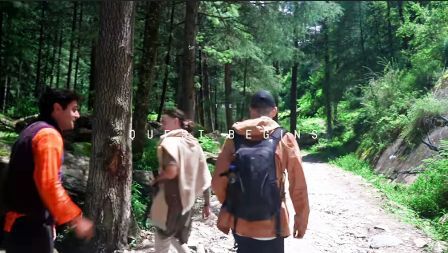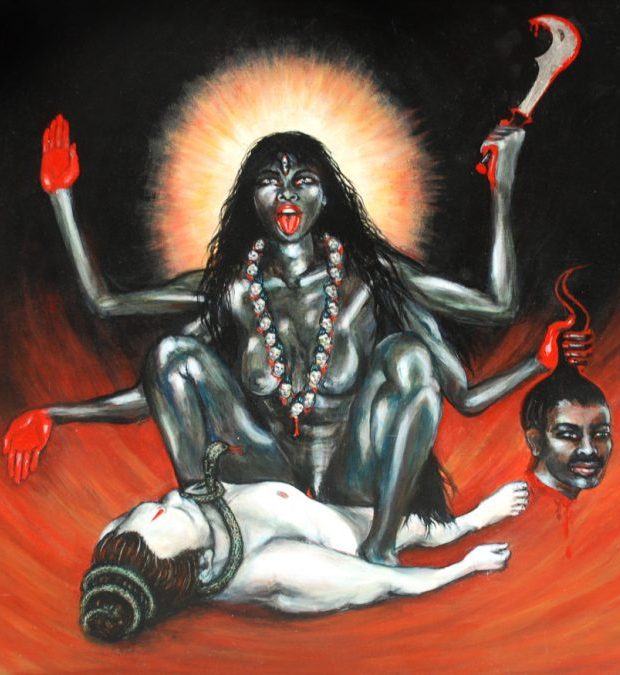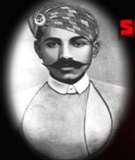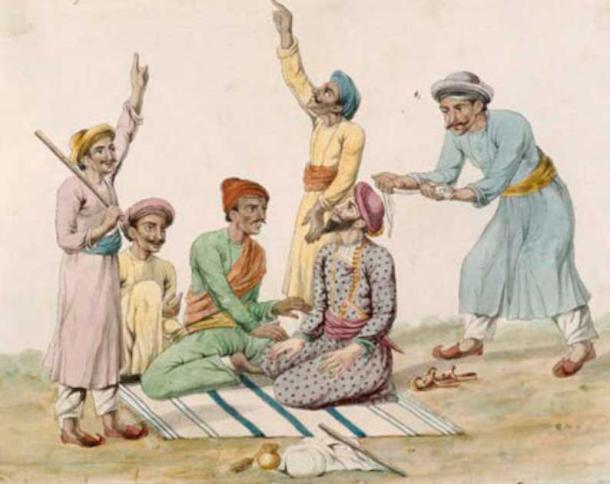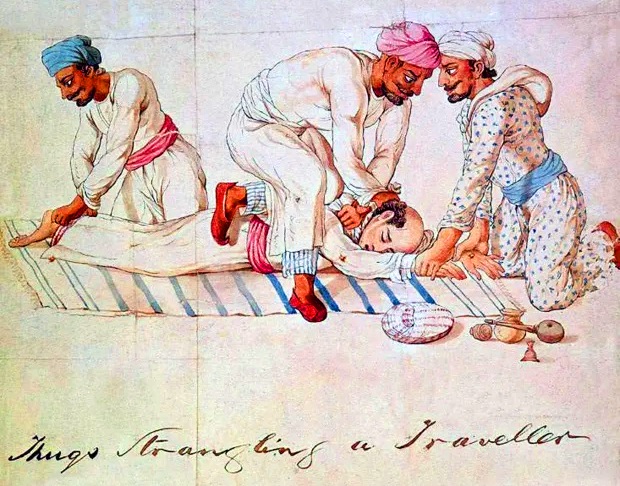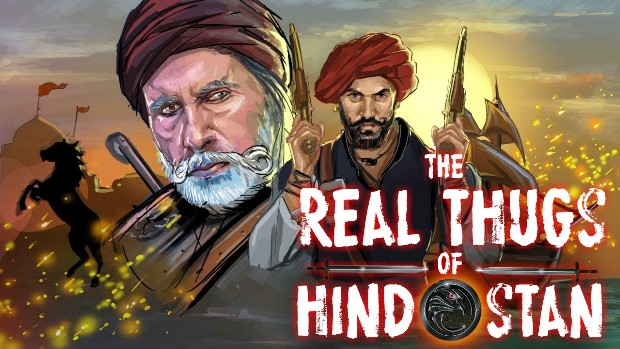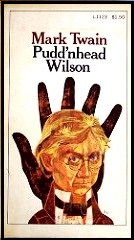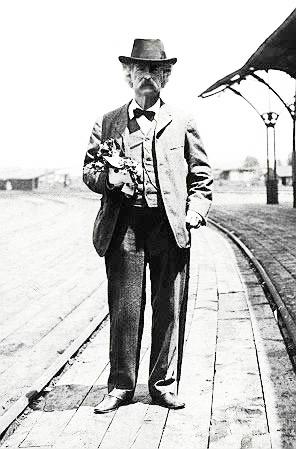 Confessions of a Thug by Meadows Taylor pdf
Confessions of a Thug by Meadows Taylor pdf.
The "season" was six or eight months long. One season the half dozen Bundelkand and Gwalior gangs aggregated 712 men, and they murdered 210 people. One season the Malwa and Kandeish gangs aggregated 702 men, and they murdered 232. One season the Kandeish and Berar gangs aggregated 963 men, and they murdered 385 people.
Here is the tally-sheet of a gang of sixty Thugs for a whole season--gang under two noted chiefs, "Chotee and Sheik Nungoo from Gwalior": "Left Poora, in Jhansee, and on arrival at Sarora murdered a traveler. "On nearly reaching Bhopal, met 3 Brahmins, and murdered them. "Cross the Nerbudda; at a village called Hutteea, murdered a Hindoo.
"Went through Aurungabad to Walagow; there met a Havildar of the barber caste and 5 sepoys (native soldiers); in the evening came to Jokur, and in the morning killed them near the place where the treasure-bearers were killed the year before. "Between Jokur and Dholeea met a sepoy of the shepherd caste; killed him in the jungle.
"Passed through Dholeea and lodged in a village; two miles beyond, on the road to Indore, met a Byragee (beggar-holy mendicant); murdered him at the Thapa."In the morning, beyond the Thapa, fell in with 3 Marwarie travelers; murdered them. "Near a village on the banks of the Taptee met 4 travelers and killed them. "Between Choupra and Dhoreea met a Marwarie; murdered him.
"At Dhoreea met 3 Marwaries; took them two miles and murdered them. "Two miles further on, overtaken by three treasure-bearers; took them two miles and murdered them in the jungle. "Came on to Khurgore Bateesa in Indore, divided spoil, and dispersed. "A total of 27 men murdered on one expedition." Chotee (to save his neck) was informer, and furnished these facts.
Several things are noticeable about his resume. 1. Business brevity; 2, absence of emotion; 3, smallness of the parties encountered by the 60; 4, variety in character and quality of the game captured; 5, Hindoo and Mohammedan chiefs in business together for Bhowanee; 6, the sacred caste of the Brahmins not respected by either; 7, nor yet the character of that mendicant, that Byragee.
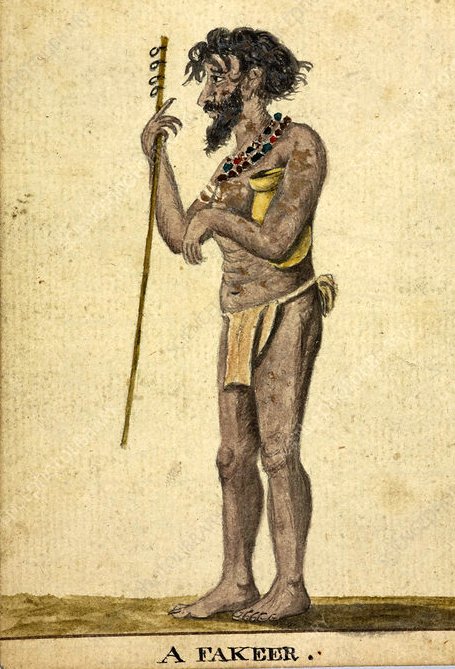
A beggar is a holy creature in India and some of the gangs spared him on that account, no matter how slack business might be; but other gangs slaughtered not only him, but even that sacredest of sacred creatures, the fakeer--that repulsive skin-and-bone thing that goes around naked and mats his bushy hair with dust and dirt, and so beflours his lean body with ashes that he looks like a specter.
Sometimes a fakeer trusted a shade too far in the protection of his sacredness. In the middle of a tally-sheet of Feringhea's, who had been out with forty Thugs, I find a case of the kind. After the killing of thirty-nine men and one woman, the fakeer appears on the scene: "Approaching Doregow, met 3 pundits; also a fakeer, mounted on a pony; he was plastered over with sugar to collect flies, and was covered with them. Drove off the fakeer, and killed the other three.
"Leaving Doregow, the fakeer joined again, and went on in company to Raojana; met 6 Khutries on their way from Bombay to Nagpore. Drove off the fakeer with stones, and killed the 6 men in camp, and buried them in the grove. "Next day the fakeer joined again; made him leave at Mana. Beyond there, fell in with two Kahars and a sepoy, and came on towards the place selected for the murder.
When near it, the fakeer came again. Losing all patience with him, gave Mithoo, one of the gang, 5 rupees ($2.50) to murder him, and take the sin upon himself. All four were strangled, including the fakeer. Surprised to find among the fakeer's effects 30 pounds of coral, 350 strings of small pearls, 15 strings of large pearls, and a gilt necklace." It it curious, the little effect that time has upon a really interesting circumstance. This one, so old, so long ago gone down into oblivion, reads with the same freshness and charm that attach to the news in the morning paper.
One's spirits go up, then down, then up again, following the chances which the fakeer is running; now you hope, now you despair, now you hope again; and at last everything comes out right, and you feel a great wave of personal satisfaction go weltering through you, and without thinking, you put out your hand to pat Mithoo on the back, when --puff! the whole thing has vanished away.
There is nothing there; Mithoo and all the crowd have been dust and ashes and forgotten, oh, so many, many, many lagging years! And then comes a sense of injury: you don't know whether Mithoo got the swag, along with the sin, or had to divide up the swag and keep all the sin himself. There is no literary art about a government report. It stops a story right in the most interesting place.
These reports of Thug expeditions run along interminably in one monotonous tune: "Met a sepoy--killed him; met 5 pundits--killed them; met 4 Rajpoots and a woman--killed them"--and so on, till the statistics get to be pretty dry. But this small trip of Feringhea's Forty had some little variety about it. Once they came across a man hiding in a grave --a thief; he had stolen 1,100 rupees from Dhunroj Seith of Parowtee. They strangled him and took the money. They had no patience with thieves.
They killed two treasure-bearers, and got 4,000 rupees. They came across two bullocks "laden with copper pice," and killed the four drivers and took the money. There must have been half a ton of it. I think it takes a double handful of pice to make an anna, and 16 annas to make a rupee; and even in those days the rupee was worth only half a dollar.
Coming back over their tracks from Baroda, they had another picturesque stroke of luck: "'The Lohars of Oodeypore' put a traveler in their charge for safety." Dear, dear, across this abyssmal gulf of time we still see Feringhea's lips uncover his teeth, and through the dim haze we catch the incandescent glimmer of his smile. He accepted that trust, good man; and so we know what went with the traveler.
Even Rajahs had no terrors for Feringhea; he came across an elephant-driver belonging to the Rajah of Oodeypore and promptly strangled him. "A total of 100 men and 5 women murdered on this expedition." Among the reports of expeditions we find mention of victims of almost every quality and estate. Also a prince's cook; and even the water-carrier of that sublime lord of lords and king of kings, the Governor-General of India! How broad they were in their tastes!
They also murdered actors--poor wandering barnstormers. There are two instances recorded; the first one by a gang of Thugs under a chief who soils a great name borne by a better man --Kipling's deathless "Gungadin": "After murdering 4 sepoys, going on toward Indore, met 4 strolling players, and persuaded them to come with us, on the pretense that we would see their performance at the next stage. Murdered them at a temple near Bhopal."
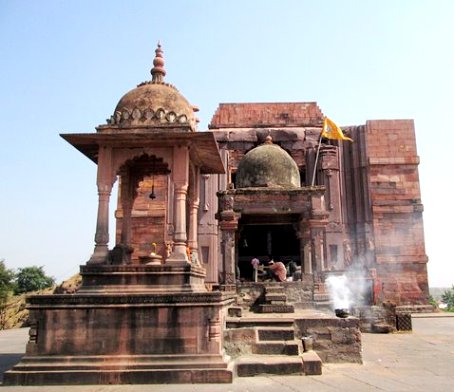
Second instance: "At Deohuttee, joined by comedians. Murdered them eastward of that place." But this gang was a particularly bad crew. On that expedition they murdered a fakeer and twelve beggars. And yet Bhowanee protected them; for once when they were strangling a man in a wood when a crowd was going by close at hand and the noose slipped and the man screamed, Bhowanee made a camel burst out at the same moment with a roar that drowned the scream; and before the man could repeat it the breath was choked out of his body.
The cow is so sacred in India that to kill her keeper is an awful sacrilege, and even the Thugs recognized this; yet now and then the lust for blood was too strong, and so they did kill a few cow-keepers. In one of these instances the witness who killed the cowherd said, "In Thuggee this is strictly forbidden, and is an act from which no good can come. I was ill of a fever for ten days afterward. I do believe that evil will follow the murder of a man with a cow. If there be no cow it does not signify."
Another Thug said he held the cowherd's feet while this witness did the strangling. He felt no concern, "because the bad fortune of such a deed is upon the strangler and not upon the assistants; even if there should be a hundred of them." There were thousands of Thugs roving over India constantly, during many generations. They made Thug gee a hereditary vocation and taught it to their sons and to their son's sons. Boys were in full membership as early as 16 years of age; veterans were still at work at 70.
What was the fascination, what was the impulse? Apparently, it was partly piety, largely gain, and there is reason to suspect that the sport afforded was the chiefest fascination of all. Meadows Taylor makes a Thug in one of his books claim that the pleasure of killing men was the white man's beast-hunting instinct enlarged, refined, ennobled.
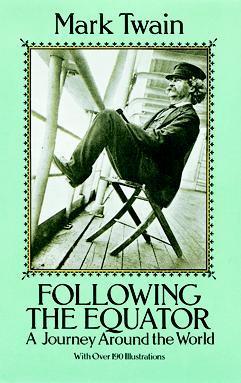 GutenbergPress - Mark Twain Following the Equator
GutenbergPress - Mark Twain Following the Equator.

